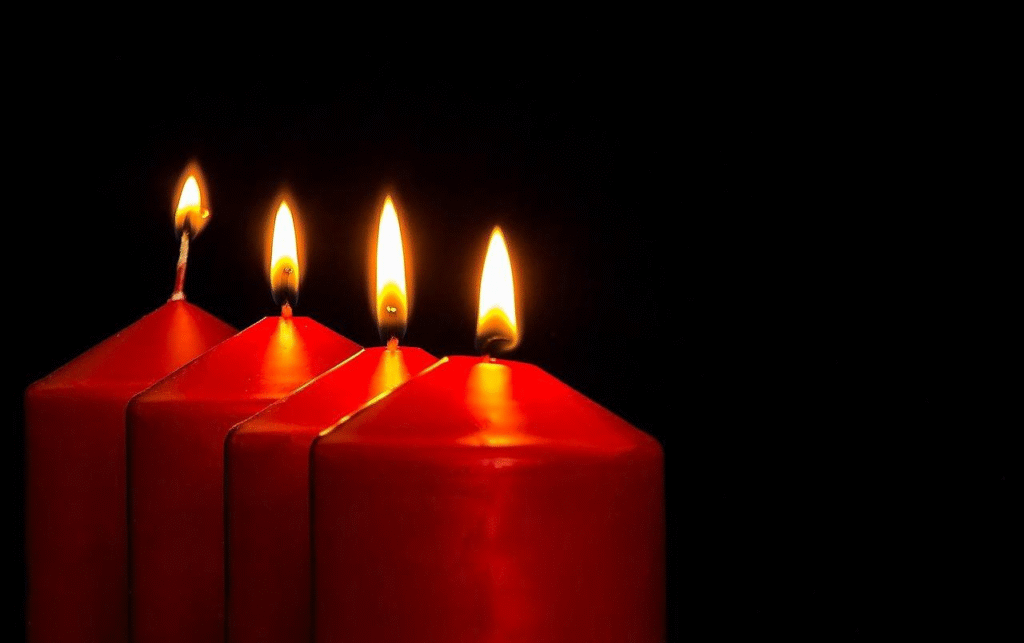Every community, regardless of geography or history, carries with it a set of Rituals and Traditions. These practices, whether grand ceremonies or small daily habits, form the invisible threads that connect generations, preserve cultural identity, and provide a sense of belonging. While rituals often involve repeated symbolic actions, traditions encompass broader customs passed down through time. Together, they give meaning to shared experiences and create continuity in human life.

Defining Rituals and Traditions
At their core, Rituals and Traditions are structured ways of expressing collective values. Rituals usually involve symbolic acts such as weddings, funerals, or seasonal celebrations. Traditions, on the other hand, extend beyond specific ceremonies to include customs, dress, food, or storytelling that communities inherit from the past. Both elements work hand in hand to maintain social cohesion and reinforce cultural identity.
The Historical Importance of Rituals and Traditions
From the earliest human societies, Rituals and Traditions played essential roles in survival and unity. Ancient rituals around harvests ensured cooperation in agriculture, while traditions like storytelling preserved knowledge before written language. Religious ceremonies, rites of passage, and seasonal festivities offered structure and stability, giving communities a shared sense of purpose. Even as societies evolved, these practices adapted, proving their resilience and relevance.
Types of Rituals and Traditions Across Cultures
Human societies are incredibly diverse, and so are their Rituals and Traditions. Some of the most common include:
- Life-cycle rituals: Events like births, weddings, and funerals signify important milestones in human life.For example, Japanese tea ceremonies symbolize harmony and respect, while wedding dances in African cultures celebrate unity and community.
- Religious traditions: From fasting during Ramadan to lighting candles during Hanukkah, religious practices remain among the strongest forms of tradition.
- National and cultural celebrations: Festivals such as Diwali, Christmas, or Independence Day reflect identity and pride, strengthening collective bonds.
- Everyday traditions: Simple acts like family meals, greetings, or gift-giving may seem ordinary but carry deep cultural meaning.
By examining these categories, it becomes clear that Rituals and Traditions are universal, though their expressions differ widely.
The Social Role of Rituals and Traditions
The primary purpose of Rituals and Traditions is to foster unity. Participating in shared customs reminds individuals that they are part of something greater than themselves. Rituals provide predictability in times of change, while traditions link individuals to their ancestors and descendants. Whether through holiday gatherings or sacred ceremonies, these practices strengthen relationships and affirm a community’s identity.
How Rituals and Traditions Evolve
Although often associated with the past, Rituals and Traditions are not static. They evolve as societies change, absorbing new influences while retaining their essence. For example, weddings in many cultures now blend traditional elements with modern preferences. Similarly, digital technology has introduced new traditions, such as celebrating milestones on social media. This evolution demonstrates the adaptability of traditions and ensures their survival in contemporary life.

The Psychological Value of Rituals and Traditions
Beyond social benefits, Rituals and Traditions provide psychological comfort. Repetition and familiarity offer stability, especially during uncertain times. For example, performing rituals before exams or competitions helps reduce anxiety by giving a sense of control. Family traditions, like holiday meals or storytelling, provide emotional security and strengthen bonds. In essence, these practices nurture mental well-being alongside cultural identity.
Challenges to Rituals and Traditions in Modern Times
Globalization and modernization pose challenges to Rituals and Traditions. Migration, urbanization, and exposure to different lifestyles often weaken traditional practices, especially among younger generations. For instance, urban families may struggle to maintain extended family rituals once common in rural life. At the same time, some traditions face criticism when they conflict with modern values, such as gender equality or human rights. These challenges force societies to reconsider how traditions can adapt without losing their core meaning.
The Universal Nature of Rituals and Traditions
Despite cultural differences, Rituals and Traditions highlight the shared humanity of people across the world. Whether through prayer, song, dance, or storytelling, communities everywhere create symbolic practices to mark important events. This universality shows that while traditions may look different, they serve the same human needs: belonging, identity, and continuity. Recognizing this helps build cultural appreciation and reduces prejudice in an interconnected world.
Preserving Rituals and Traditions for the Future
As societies grow more globalized, preserving Rituals and Traditions becomes crucial. Efforts such as cultural education, community festivals, and documentation ensure that customs are not forgotten. At the same time, embracing innovation allows traditions to remain relevant. For example, virtual ceremonies during the COVID-19 pandemic showed how ancient practices could adapt to modern challenges while still maintaining their symbolic value.
Conclusion
Rituals and Traditions are more than mere customs; they are the heartbeat of human culture. They provide continuity, nurture belonging, and connect individuals across time and space. While modern life presents challenges, the resilience and adaptability of rituals ensure their continued relevance. By valuing and preserving these practices, societies not only honor their past but also strengthen their future. In understanding Rituals and Traditions, we uncover the essence of what it means to live as part of a community, bound together by shared meaning and identity.